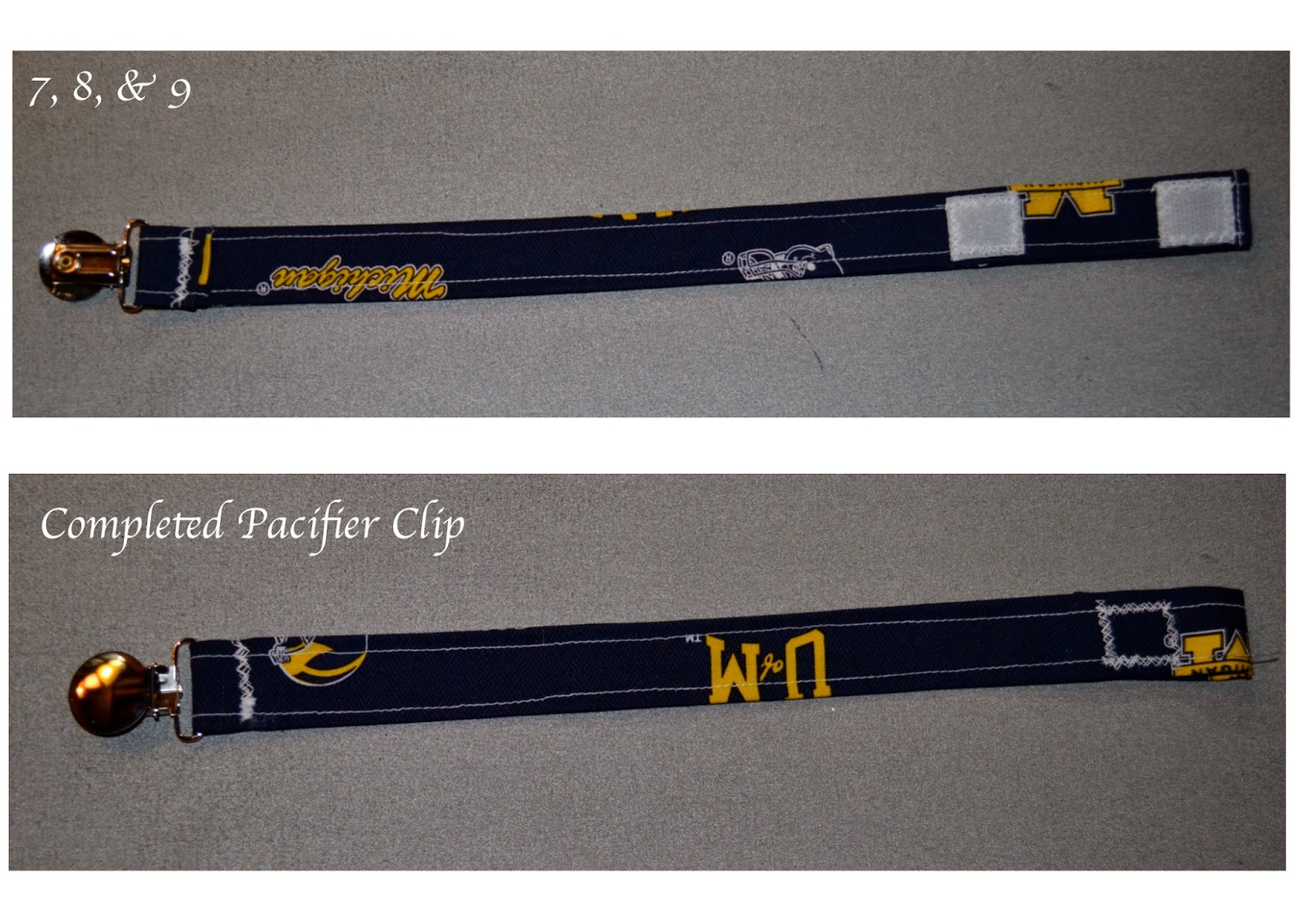 As the mother of preschoolers, I often feel like my full time job is cleaning up messes. Therefore, it is in my nature to put an end to any play that is going to result in more messes. However, when it comes to play dough, I feel that the mess is worth the benefits.
As the mother of preschoolers, I often feel like my full time job is cleaning up messes. Therefore, it is in my nature to put an end to any play that is going to result in more messes. However, when it comes to play dough, I feel that the mess is worth the benefits.
First of all, I am not a huge fan of store bought Play-Doh. It smells funny and leaves a mess all over the table, chairs, floor, and children. It's also sticky, costly (if you’re going to have a good quantity and variety of colors) and comes in rather small quantities. On the contrary, I am a huge fan of homemade play dough, which doesn’t smell (well, not like the store bought kind) and is easier to deal with mess-wise than the store bought kind. It also lasts for a long time in a sealed container and can be made in larger quantities in whatever color desired. For the most part, homemade play dough is fairly inexpensive (well, except for the cream of tartar, which I have recently found very affordable at our local Aldi). So for these reasons, and for the benefit of mothers like me who like learning activities - and less mess - I'm sharing my Top 10 reasons for encouraging play dough play time with your kids, along with my favorite play dough recipe below:
1. FINE MOTOR SKILLS - Before a child can maneuver a pencil to make letters and numbers, he must get lots of practice using his fingers. Play dough helps fine tune those finger muscles in an enjoyable way.
2. IMAGINATION & CREATIVITY - Creating a zoo, an elaborate meal, a train, a baseball game, etc... can all be accomplished through the use of play dough. You'll also enjoy seeing what kinds of things each of your kids likes to create over and over.
3. SHARING - Ah, every mom's favorite word. Multiple children + multiple colors + plus multiple tools = great opportunities for sharing, taking turns, and working through getting along.
4. EARLY SCISSOR SKILLS - Cutting play dough is much easier than cutting paper. We like to roll the play dough into a long thin snake, and then use scissors to chop it up into small pieces. Hopefully too, your child won't initially associate scissors with cutting all things paper.
5. GREAT TALK TIME - I love to talk with my kids while we play with play dough. And I love to listen to them talk to each other if I’m occupied with another kitchen task while my kids play with play dough together.
6. FOCUSED ATTENTION TIME - The ability to sit still and concentrate on one activity for an extended time period is lost on many preschoolers. A play dough playing session can help train children to focus while still enjoying themselves.

7. NUMBERS & LETTERS - Play dough can aid in the teaching of numbers and letters (either by shaping the characters with the play dough or through the use of cookie cutters similar to these).
8. SHAPES - Play dough is a great manipulative for learning shapes - both 2 and 3 dimensional. It’s pretty hard to draw a sphere or a cone, but play dough makes visualizing in 3 dimensions easy.
9. GREAT FOR TACTILE LEARNERS - Play dough is a fabulous tool in the hands of a tactile learner! If you have a child that learns best through the form of touch, please don’t rob them of the opportunity to learn via play dough.
10. SCHOOL PROJECTS - We have used play dough to make a volcano for a science project and a 3D map for a geography project. How about those 3rd grade solar system projects, or the 6th grade model of a cell project? The play dough possibilities are endless, and a real staple around here.
BONUS: A final benefit of play dough … stepping on play dough doesn’t hurt nearly as much as stepping on a Lego. :)
RECIPE FOR HOMEMADE PLAY DOUGH
Ingredients:
- 1 c. flour
- ½ c. salt
- 2 tsp. cream of tartar
- 1 c. water
- 2 Tbsp oil
- 1 tsp. food coloring
Directions:
Combine flour, salt, and cream of tartar in medium sized sauce pan. Gradually stir in water, and oil. Cook over medium heat, stirring constantly until a ball forms. Remove from heat and knead food coloring into dough on a protected surface as color may bleed out while dough is warm.
Store play dough in either a sealed plastic container (similar to Gladware) or a Ziploc style bag at room temperature.







.jpeg)
.jpeg)
.jpeg)

.jpeg)



































